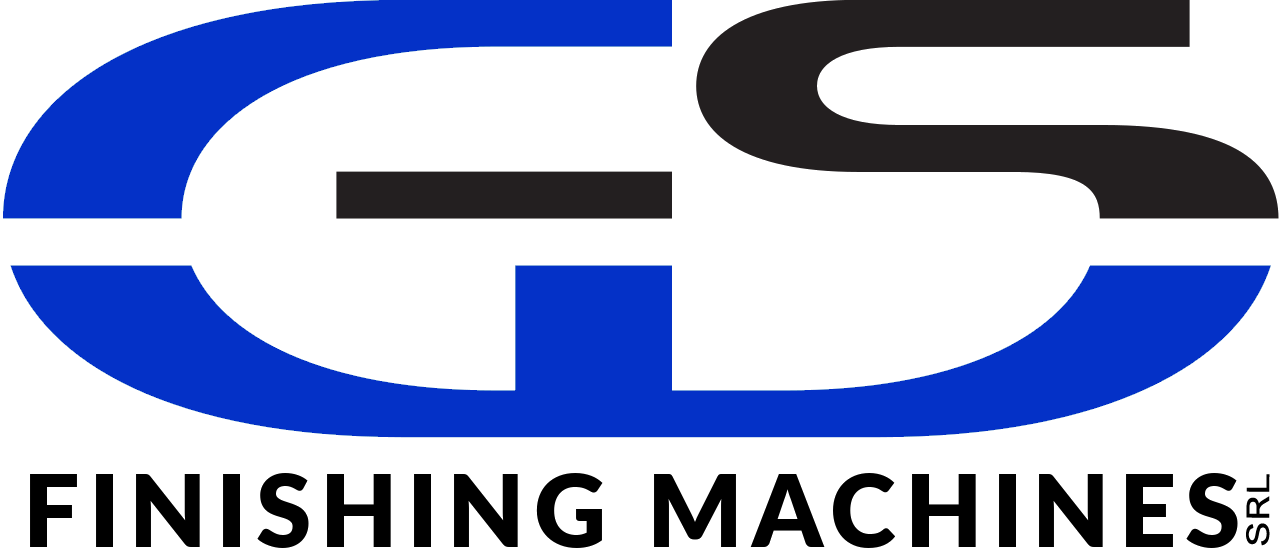
Maintenance Mode
Via I° Maggio, 6/A
31043 – Fontanelle (TV) – Italy
+39.(0)422.809216/809125
P.I. / C.F. 02275320261
REA TV-199194
info@gsfinishingmachines.com

Via I° Maggio, 6/A
31043 – Fontanelle (TV) – Italy
+39.(0)422.809216/809125
P.I. / C.F. 02275320261
REA TV-199194
info@gsfinishingmachines.com